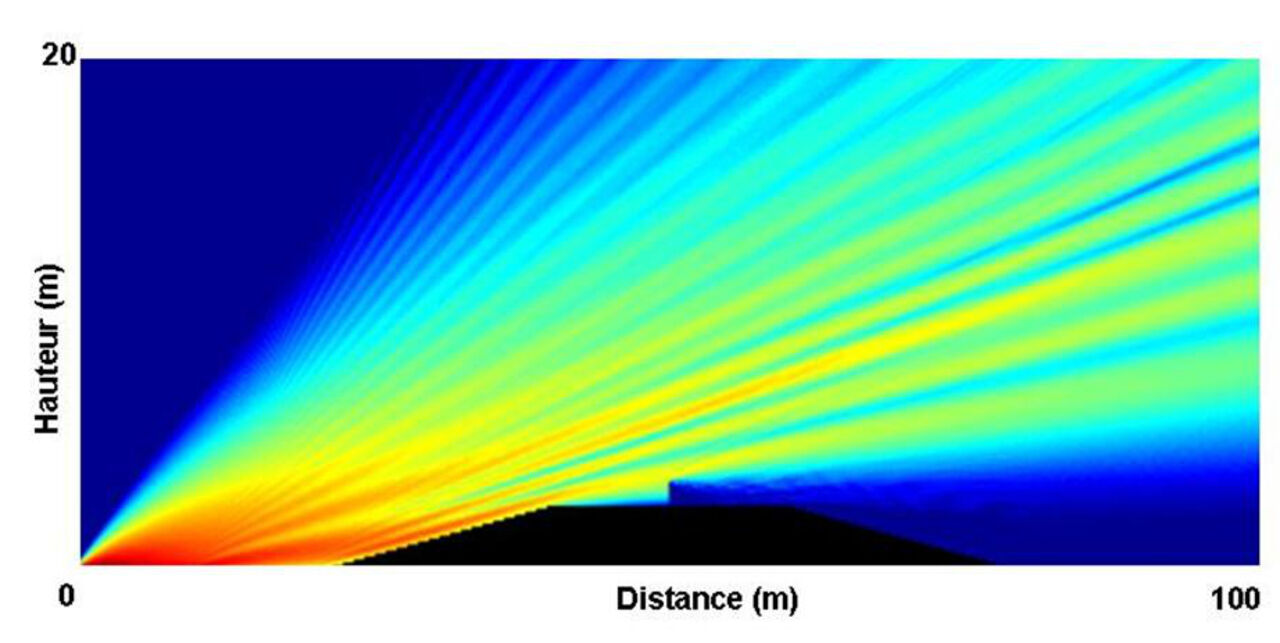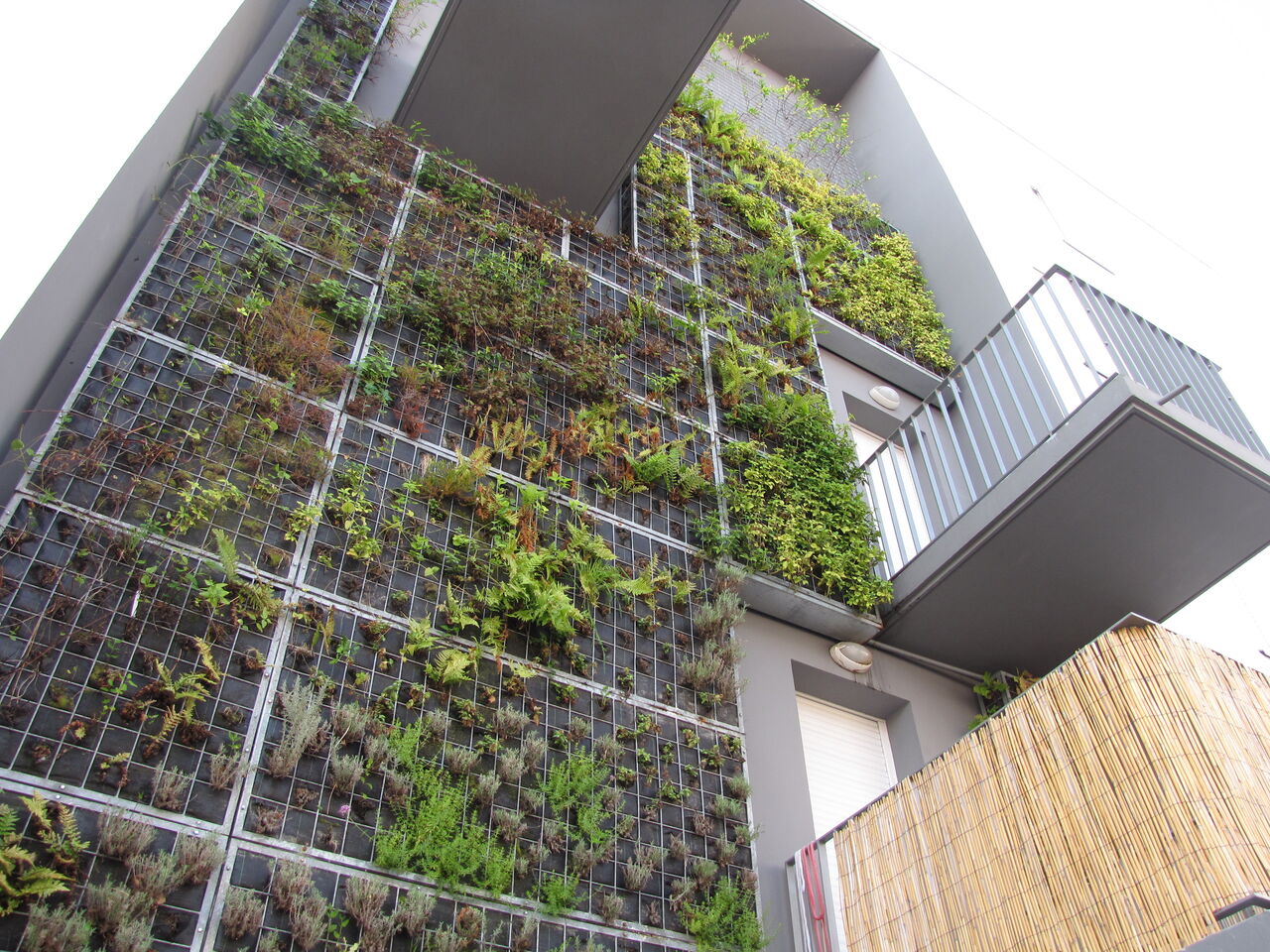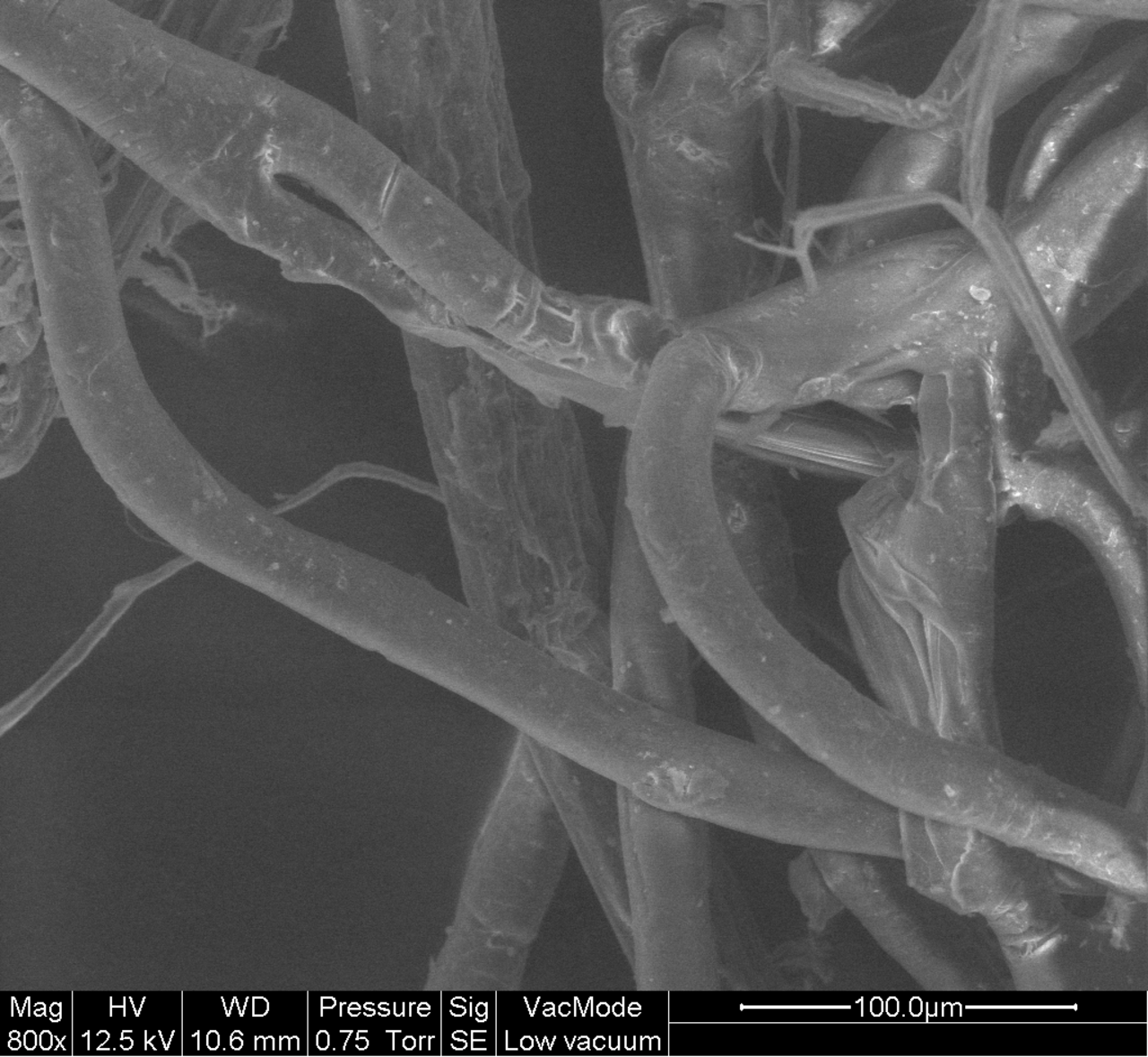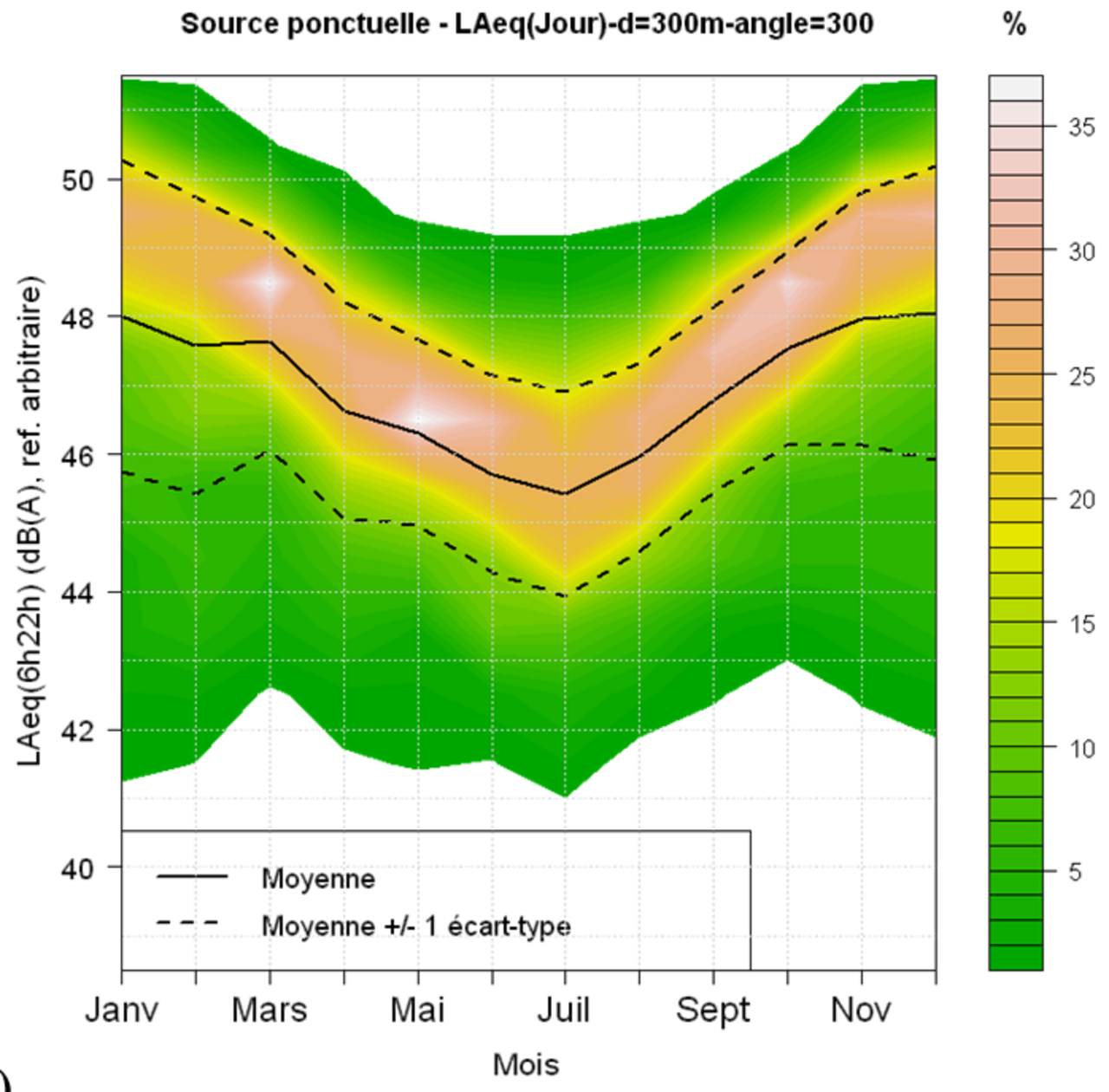The UMRAE conducts research on:
- the influence of micro-meteorology
on sound propagation in urban areas.
The study of sound propagation in outdoor environment is a major research topic within the scientific community. The UMRAE has a very strong expertise and an international recognition on this thematic.
The UMRAE conducts research on:
on sound propagation in urban areas.

such as a forest (30 % of the territory), above rough grounds (like cultivated soils), large expanses of water, in mountain areas, in dense urban environment or in the presence of vegetation or vegetated surfaces.

Because noise pollution goes beyond the exterior boundaries of buildings, the UMRAE develops approaches on sound propagation inside buildings, in order to have a complete vision of noise pollution in the environment.
Study on acoustical propagation is deeply intertwined with the nature of materials, which forms the boundary conditions of the propagation domain, in an open environment (road surfaces, natural soils, artificial or biosourced construction materials).
Thus, research is conducted for characterising the acoustical properties of environmental materials and for improving their integration in the acoustic propagation models.
The relevance of these new materials in new applications of environmental acoustics also needs to be assessed (noise barriers, urban vegetated surfaces, acoustic insulators for buildings), such as biosourced (meta)materials (hemp, flax, wood...), because they represent a major source of innovation in "sustainable development" context.

The entirety of research on acoustic propagation in the environment is completed with studies on the characterisation of incertainties and spatial and time representativeness of numerical prediction and acoustic measures. This aims at better understanding the need to integrate the "risk of harm" into regulations and experimental practices.
